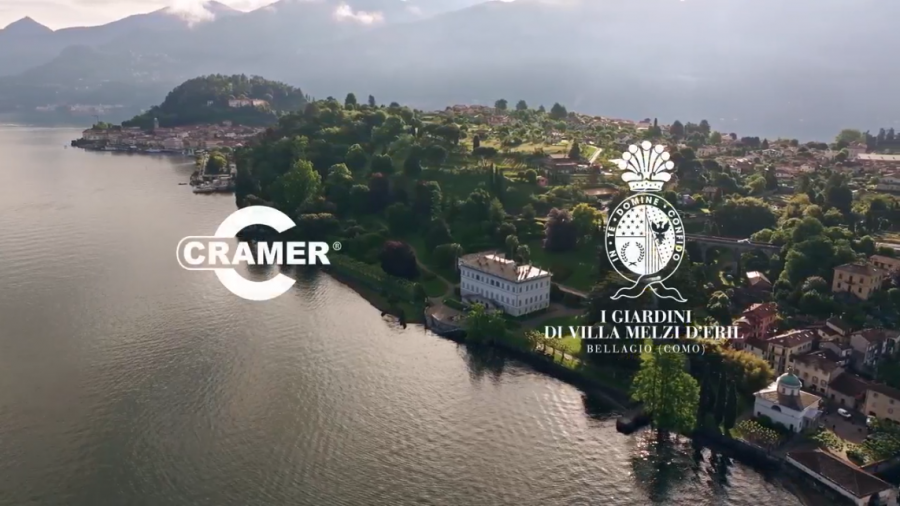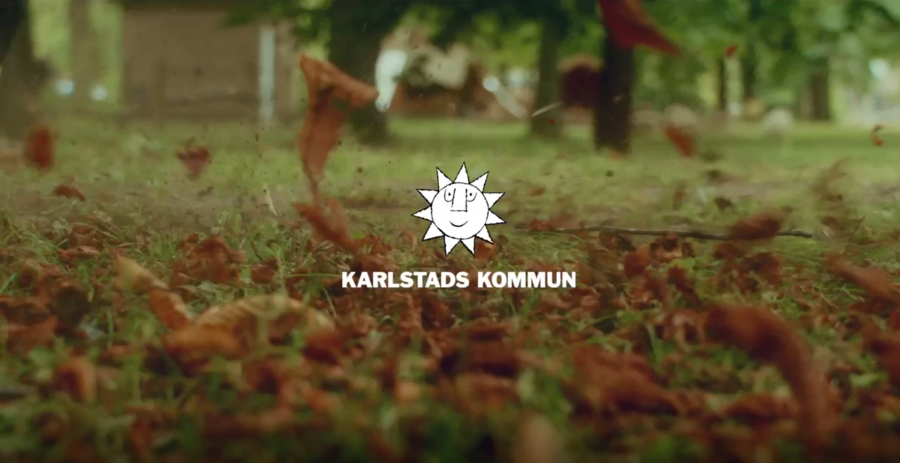New CPRE research has found that a total of 6,515 Local Green Spaces have been designated in the decade since their introduction.
Combined, they total 30,000 acres of protected green space – an area greater than the city of Manchester.
The majority of these spaces are not open countryside, but the small, undeveloped patches that provide millions of appreciative people with a daily dose of nature. That’s why CPRE has conducted the first ever study of the impact of the Local Green Space designation, which allows local people to protect places of special value to the community.

The analysis estimates that over 80% of Local Green Spaces have been designated partly for their recreational value – highlighting their importance for people seeking the outdoor exercise that is so vital to our health and wellbeing. Meanwhile, the richness of their wildlife was a factor in over a third of designations, suggesting that Local Green Spaces can play a major role in reviving the UK’s biodiversity.
The Local Green Space policy was introduced in the National Planning Policy Framework (NPPF) of 2012, after CPRE had campaigned for more powers for local people and protection for green spaces with ‘intrinsic character’. The policy gives communities the chance to apply for a Local Green Space designation affording the same level of protection as Green Belt or National Park status. Spaces valued on account of ‘a particular local significance’ are deemed suitable, as long as they are close to where people live and not ‘extensive tracts of land’.
The Local Green Space designation has become a cornerstone of local democracy and is unique in protecting land according to its importance to the community. Yet, our new analysis – the first to explore how and where Local Green Spaces have been created – has revealed that there is considerable scope for greater take-up.
The north of England, for instance, has half as many designated Local Green Spaces as the south, and third of those found in the midlands. And while it’s promising that 38 of the 100 urban councils with the most nature-deprived neighbourhoods have at least one designated Local Green Space, it’s a travesty that the other 62 are not taking advantage of the opportunity to protect their precious green oases.
Across the country, so many places that have real meaning for people, and real value for nature, remain undesignated and vulnerable to development. So we’re calling on government and local authorities to step up their support for Local Green Spaces and really promote this policy – which could also be a valuable tool for engaging people with the wider planning system.
CPRE chief executive Crispin Truman has set out an ambitious target for every neighbourhood to have a protected place for community wellbeing, saying: “It should be a national priority to protect our local green spaces so that everybody, no matter where they live, has access to the benefits of nature.”







